However, choosing the right type of solar panels and inverters for commercial solar installations can be overwhelming, especially for those new to renewable energy systems.
At Kuga Energy, we are the prime choice for commercial solar installations, providing panels, battery storage, and other solar solutions, catering to a wide span of industries.
In the following article, we will discuss various types of solar panels and inverters used in commercial installation as well as their advantages and disadvantages.
Solar Panels
Monocrystalline Solar Panels
Monocrystalline solar panels are made from a single silicon crystal, making them the most efficient type of solar panel on the market. It’s composition gives more room for electrons to move, producing more kW/hour of solar electricity than polycrystalline panels. They have a higher power output, require less space, and are more aesthetically pleasing than other types of solar panels. However, they are also the most expensive and are more susceptible to heat resistance and shading, which can significantly reduce their output.
Polycrystalline Solar Panels
Polycrystalline solar panels are made from multiple silicon crystals, making them less efficient than monocrystalline solar panels. For this reason, they are cheaper to manufacture as less material is used and offer better performance in low-light conditions as less silicon waste is produced. However, they are bulkier and require more space to install, making them less visually appealing.
Thin-Film Solar Panels
Thin-film solar panels are made by depositing thin layers of photovoltaic material onto a substrate, such as glass or plastic. They are the least expensive and most lightweight and versatile type of solar panel, making them ideal for large commercial installations. The cost for thin film solar panels will be based on the material type such as amorphous silicon, cadmium telluride, and copper indium gallium selenide solar panels. However, they have a lower efficiency rate, require more space to produce the same amount of power, and have a shorter lifespan than other types of solar panels.
Amorphous Silicon (a-Si), unlike the other types of solar panels, are manufactured with non-crystalline silicon that is situated above glass, plastic, or metal materials, which this additional layer to increase energy efficiency. Cadmium Telluride, otherwise known as CdTe, is a highly common form of thin-film solar panels and has minimal carbon footprint. Copper Indium Gallium Selenide or CIGs, has a configuration of lawyers including aluminum, glass, or steel, making it easier for the panels to absorb energy.
Inverters
String Inverters
String inverters are the most common type of inverter used in commercial solar installations across Australia. These type of inverters are designed to connect various solar panel strings to a singular power source and the other way around. They are cost-effective, easy to install, and suitable for a wide range of solar panel configurations. These types of inverters are ideal for building roofs with good sun exposure and there are a widespread array of premium brands available, making it accessible to all businesses.
However, they have a single point of failure, which can cause a significant drop in the entire system’s output if one panel fails or is shaded. Another issue would be the increase of DC voltage for your roof – hence why it is necessary to hire an installer who can effectively handle the DC wiring.
Microinverters
Microinverters are installed on each solar panel, allowing for maximum efficiency and flexibility. These types of inverters are as small as a novel, with inverters attached to every singular panel. They have no single point of failure, which means the entire system’s output will not be affected if one panel fails (e.g. from dirt). Its monitoring capabilities gives you access to the power output of every singular panel, allowing you to locate panels that are poorly performing so you can resolve the issue right away.
As a result, this makes microinverters suitable for roofs that are relatively shaded. However, they are more expensive to install, repair, and while they are safer due to its lack of DC wiring, they require more maintenance than string inverters. It is also susceptible to overheating, especially for black roofs during summer which can minimise power output and the reduce the life span of the inverter.
Power Optimisers
Power optimisers are similar to microinverters in that they are installed on the back of each panel. They can optimise the output of each panel, making them ideal for commercial installations with shading issues.
They offer an abundance of benefits such as they are less expensive than microinverters, safe to use, suitable for relatively shaded roofs, and ideally works with roofs that have complex structures.
However, they are more expensive than string inverters and there is no guarantee on the warranty, making it hard to distinguish the life span of the inverter.
Hybrid Inverters
A hybrid solar inverter is an all-in-one inverter that can take on the roles of both a solar inverter and a battery inverter. If you’re considering adding battery storage to your solar setup, a hybrid inverter might be the way to go.
Hybrid solar inverters have several advantages. They are highly efficient, especially when used with battery storage. They can also result in lower overall system costs because there is only one inverter to install. Additionally, they have lower maintenance costs as there is only one inverter to maintain
However, there are some drawbacks to consider. Hybrid inverters offer less choice compared to string inverters. Additionally, they are only compatible with DC-coupled batteries. Nonetheless, this can be viewed as a positive point since DC-coupled batteries are more efficient.
Conclusion
Choosing the right type of solar panels and inverters for commercial installations is crucial to achieving maximum efficiency and cost savings. Here at Kuga Energy, we can help businesses navigate the selection process and design a customised solar installation that meets their specific needs.
Get in touch with our team today to learn more about our solar panels and inverters.
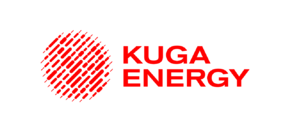
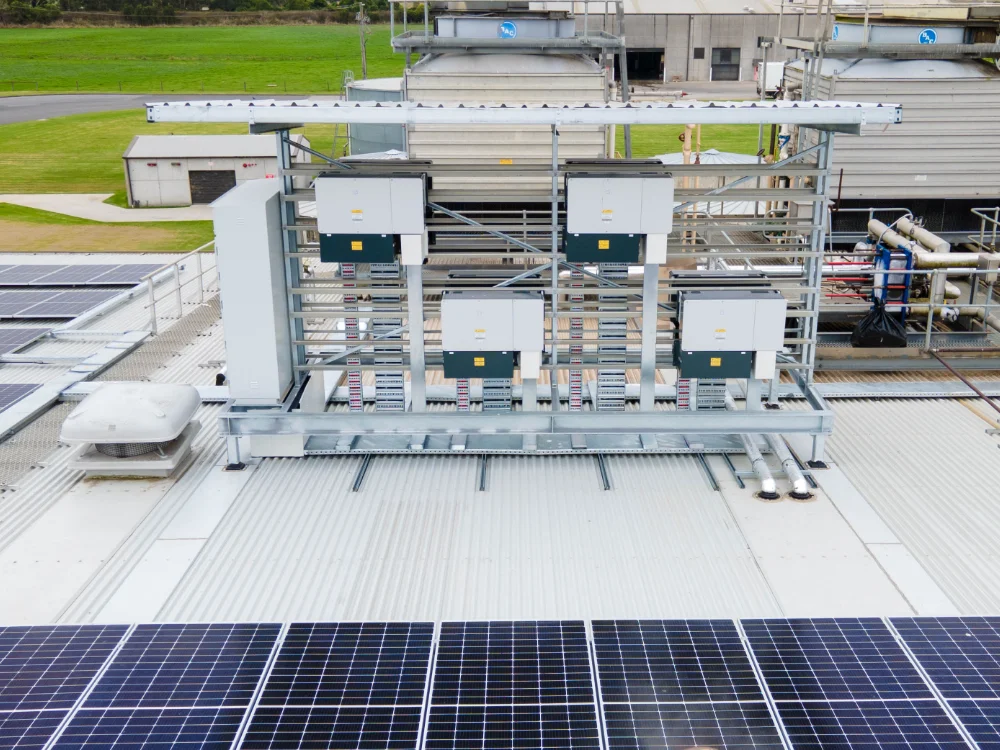

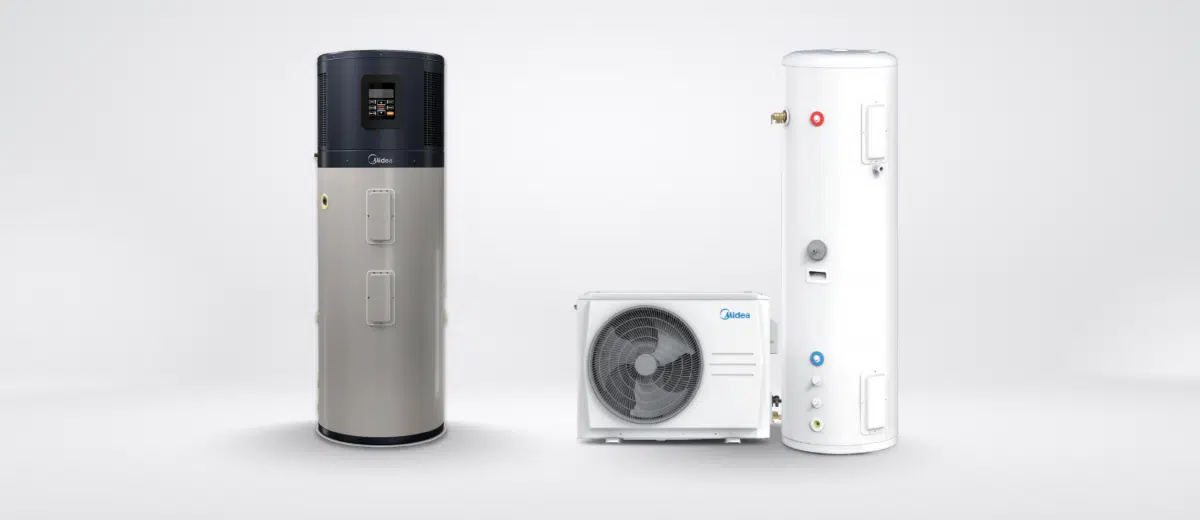






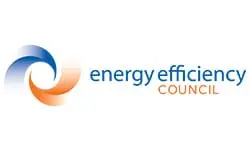
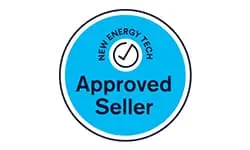
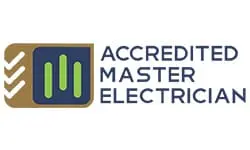
 Get Quote
Get Quote Call Now
Call Now